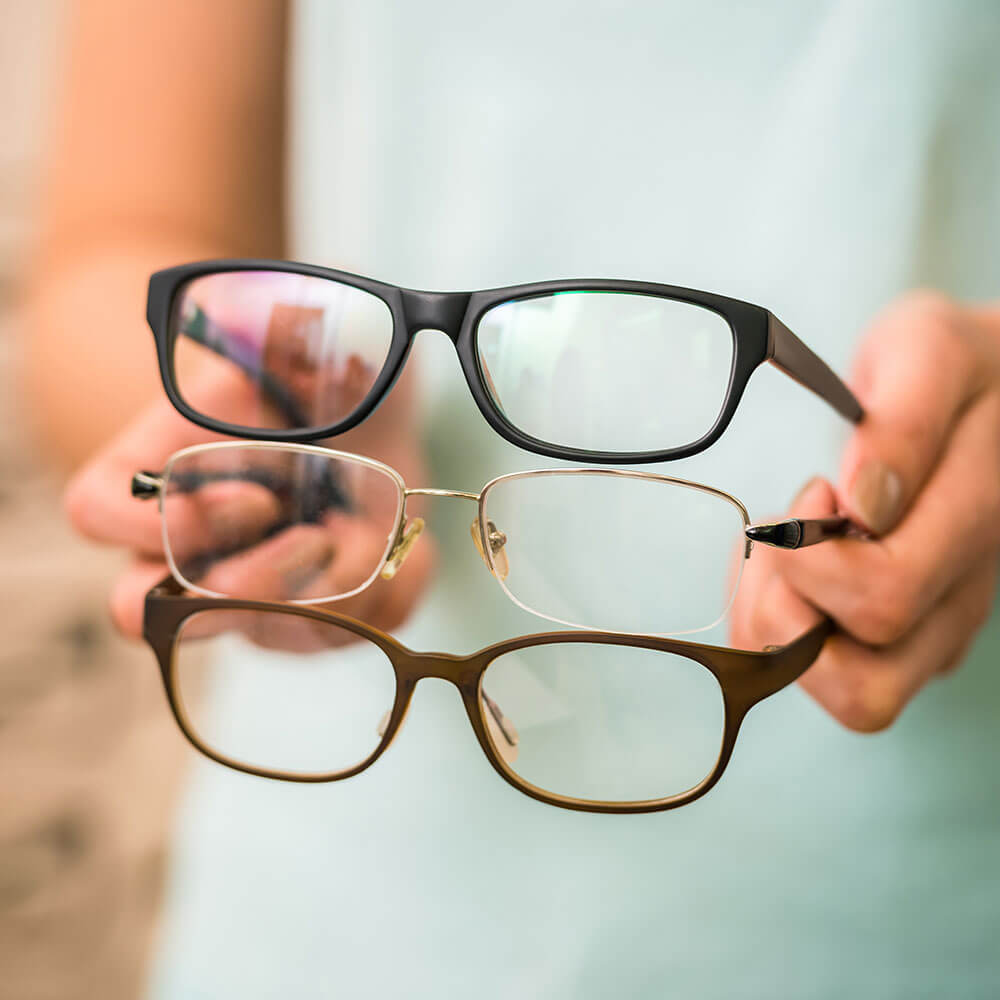Posted by: Eye Centers of Florida in Eye Health
Reading Glasses: What Are They and Will I Need Them?
When you reach your 40s, the natural lenses in your eyes become less flexible, meaning that they can’t focus as easily when transitioning between near and far vision. This causes your near vision to get worse, called presbyopia, or age-related farsightedness.
Almost everyone will experience presbyopia to some degree, but some will notice it more than others, depending on the severity of the condition. It’s estimated that about two billion people worldwide have presbyopia — Almost a fourth of the world’s population. It’s a normal change in your eyes as you age, even if you’ve never had to wear glasses or contacts before in your life.
However, all is not lost — from bifocals to progressive lenses and even specialized reading sunglasses, there are plenty of options out there for you, and the experienced staff at Eye Centers of Florida’s optical shops can help you find your perfect fit.
What are Bifocal Lenses?
If you’re already nearsighted and experiencing presbyopia, the thought of having to remember a second pair of glasses to help you read small print might sound like a nightmare. While many people do elect to purchase multiple pairs of frames to complement their personal style, carrying any more than a single pair with you at all times may not be very convenient.
The good news is that you have other options than having to carry a second pair of “readers” around! Bifocal lenses have two different viewing areas — a large area of the lens for distance, and a small area near the bottom of the lens for viewing things that are close, including words on a page.
This way, when you look up you can see things in the distance, and when you look down, you can read small print. It may take some adjustment in switching between the two areas of your new lenses, but if you wear them often enough, your eyes will get used to the transition.

What are Progressive Lenses?
If you’ve ever worn bifocals before, you might notice that the transition between distance and near is sometimes blurry. Trifocals add a third section to the lens, in between the top and bottom that helps bridge the gap. Multifocal, progressive lenses use technology to make a much smoother transition between the different lens areas, allowing for a more “seamless” vision field.
For people who don’t like the look of bifocals, you’re in luck — progressive lenses and “no line” bifocals are specially curved so that the gap between the near and distance lenses is almost invisible, enabling you to see with the most complete range of vision possible.

What are Reading Sunglasses?
It’s important to protect your eyes from harsh UV rays, especially here in Florida. Many people with presbyopia find that when they’re working outdoors or relaxing with a good book, they have to choose between their near vision and adequate sun protection.
Reading sunglasses feature progressive lenses with a tint that protects against harmful sunlight, so you don’t have to switch between multiple pairs of glasses in order to see fine details when you’re outdoors.
Find Your Perfect Fit Today
Most of us will eventually have to wear some sort of corrective eyewear, but don’t just settle for drugstore reading glasses. Eye Centers of Florida can help you find a pair of bifocals, progressives, or reading sunglasses that will fit you — and your lifestyle — perfectly.
To speak to one of our experienced optical staff, visit your nearest Eye Centers of Florida optical shop to learn more about your options or call (239) 320-7342 today.